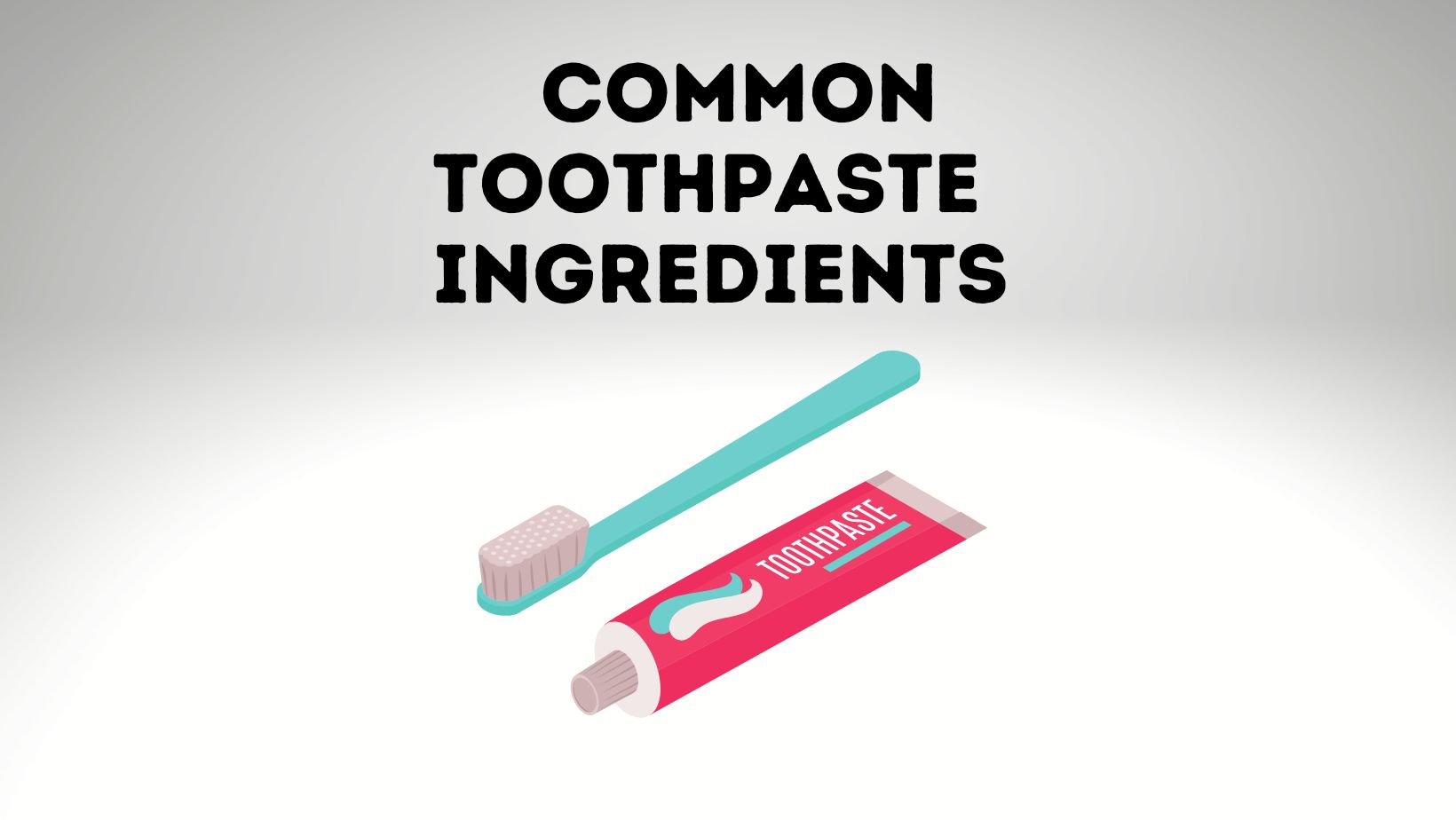
Many of you might not have given it a thought, but are you familiar with your ‘Toothpaste’s’ ingredients?
Toothpaste is made up of a lot of ingredients. By looking at the label of your toothpaste tube, you can read a list of ingredients. However, to learn what your toothpaste actually has, you might need an advanced degree in biochemistry or at least some knowledge of this field. But since that’s not easy for everyone, we have got you everything about your Toothpaste Ingredients.
Whatever goes into your mouth every day, for life, should be something you should be familiar with. Toothpaste has both active and inactive ingredients and actually a range of them. Here’s all about Common Ingredients and Components in a Toothpaste. Ensure you read the article until the end to get the most out of it.
What’s In Your Toothpaste? An Ingredient Checkup
Toothpaste is a gel or paste that helps clean your teeth and maintain their aesthetics. Toothpaste promotes oral hygiene and is a vital part of our day-to-day life.
Owning different compositions, not every toothpaste is made of the same formula. However, there are a few common ingredients that almost every toothpaste out there has, regardless of the brand.
Toothpaste is derived from a variety of components/ ingredients, and here are the most common of them.
- Fluorides: It is the most common, popular, and effective ingredient in your toothpaste tubes. Fluoride in various forms is present in most toothpaste, probably in most of them. Fluoride has excellent effects on gum health; therefore, it is a safe ingredient to have around in your toothpaste.
- Abrasives: Another major ingredient in your toothpaste is Abrasives. It is, in fact, 8% to 20% of toothpaste. Abrasives basically remove plaque from the teeth and thus minimize the risk of gum disease. Some of the common Abrasives in toothpaste are kaolin, bentonite, dicalcium phosphate, silica, and calcium carbonate.
- Surfactants: Sodium Lauryl Sulfate (SLS) is the surfactant that is commonly present in your toothpaste. Surfactants are common in many personal care products, and their presence in toothpaste improves its cleansing power.
- Hydrogen peroxide: Hydrogen peroxide acts as a bleaching agent in toothpaste. It has proven results for the whitening of teeth.
- Sodium bicarbonate: Sodium bicarbonate is basically Baking Soda that acts as a mild abrasive in your toothpaste. It helps eliminate plaque and leaves teeth clean and shiny. However, American Dental Association (ADA) questions the presence of Sodium bicarbonate in toothpaste.
- Sodium pyrophosphate: This active ingredient in your toothpaste prevents plaque formation.
- Dioctyl sodium sulfosuccinate: This ingredient is commonly available in your toothpaste by the name sodium stearyl fumarate and sodium lauryl sulfate. Dioctyl sodium sulfosuccinate basically creates that foaming effect in your toothpaste.
- Sodium saccharin, Aspartame, and Ammoniated diglyzzherizins: All of these ingredients are sweeteners that add flavor to your toothpaste.
- Triclosan: Approved by FDA, Triclosan is an antibacterial agent that fights gingivitis in adults. Many popular toothpaste brands currently contain Triclosan.
A Breakdown Of Other Supportive Ingredients In Toothpaste
- Flavorants: Flavorants in your toothpaste can be of a variety. However, the most common flavorant in toothpaste includes wintergreen, spearmint, and peppermint. Other exotic flavourants in toothpaste are lavender, fennel, cinnamon, lemon, neem, ginger, etc.
- Propylene glycol: Propylene glycol basically keeps the toothpaste moist. It keeps the solid and liquid ingredients from separating and maintains that desired paste formula. Propylene is a humectant, along with other similar ones, including sorbitol, pentanol, and glycerol.
- Chlorhexidine: Not all but some premium toothpaste have Chlorhexidine in them. Chlorhexidine formulations lead to antimicrobial activity and have plaque-inhibitory potential. It acts against fungi and some oral viruses.
- Zinc-ions: Zinc-ions are known for their anti-plaque properties, all thanks to their anti-calculus effect.
The Best And Worst Ingredients In Your Toothpaste- According to the Dentists
Toothpaste has a range of ingredients, but not all of them are beneficial. Some ingredients in your toothpaste are excessively harmful, and you should avoid them for the best. Here’s a breakdown of what your toothpaste should have and what it shouldn’t.
Toothpaste Ingredients that are safe- Best Toothpaste Ingredients
- Fluoride (Sodium Fluoride or Stannous Fluoride). This main cavity-fighting ingredient is ADA-approved. It is safe to use, and in fact, Fluoride fights a majority of dental health concerns.
- Potassium nitrate: It isn’t a very common ingredient in many tubes of toothpaste, but it currently has a growing market. Potassium nitrate reduces tooth sensitivity and significantly decreases pain.
- Calcium carbonate: It is mild and safe for cleaning stains from teeth. Calcium carbonate works best for removing tea and coffee stains from your teeth.
- Zinc citrate: If your toothpaste has this ingredient, it is perhaps fighting the plague build-up from your teeth.
Toothpaste Ingredients to Avoid
- Activated charcoal: No matter how popular it has become, Activated charcoal is extremely abrasive and should be avoided the most. Activated charcoal can wear down your enamel in the long run without leaving any benefits on the way.
- Sodium lauryl sulfate: Not for all but a few users can find redness, swelling, peeling, and sore mouth problem after using toothpaste having Sodium lauryl sulfate. SLS should, however, be avoided, no matter whether it is visibly harming you or not.
Toothpaste ingredients and Government regulation
If you are highly concerned regarding what goes inside your toothpaste, read the government regulations and ADA, and FDA standards for its ingredient list. Go for toothpaste that is FDA and ADA-approved. If you are still sceptical, use toothpaste after your Dentists’ recommendation. Your dentist is well versed with your teeth and gum health and advises you on the best product suiting your needs.
The next time you’re in the toothpaste aisle, pick the toothpaste box, turn it around and read its ingredient list. Since the information above has by now given you a rough idea of what’s best for your oral health, you can make an informed choice. Instead of picking the latest hot-selling toothpaste, stick with the one that suits you better. Stay safe from the ‘Unique Ingredient’ gimmick, and trust your dental guide.

Hi, This is Lyn, I suffer from dental sensitivity for a very long time. PowerToothpaste.com is where I share my views of various toothpaste brands, along with tips on how to use toothpaste and what to look for when purchasing.
